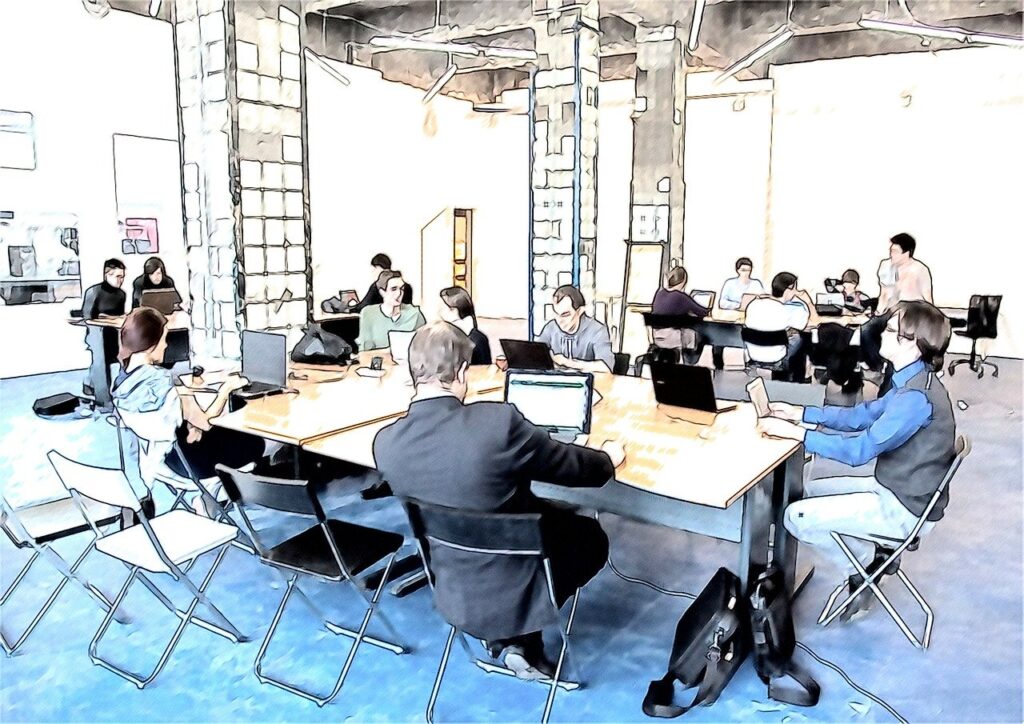In the ever-evolving landscape of modern workplaces, conflicts and disputes are not merely inevitable occurrences; they represent pivotal moments that can either fracture relationships or serve as catalysts for positive change. As organisations strive to create harmonious work environments, they increasingly turn to innovative conflict resolution approaches. One such approach employers should consider is the incorporation of restorative justice principles in workplace investigations. By moving away from traditional punitive measures and embracing a more empathetic and collaborative approach, workplaces can benefit from the transformative potential of restorative justice in resolving conflicts and fostering a healthier workplace culture.
Restorative justice centres on the idea that when harm occurs, the focus should not solely be on punishment but also on repairing the harm caused to individuals, relationships, and the community. Its application represents a relatively novel approach that may be considered controversial by some due to its departure from traditional punitive methods. It is important to emphasise however that restorative justice does not imply letting individuals responsible for harassment or assault off the hook without accountability. In situations involving serious wrongdoing, such as harassment or assault, there may still be a need for appropriate consequences, including potential termination, to ensure the safety and well-being of all parties involved while simultaneously seeking avenues for healing and reconciliation.
Restorative justice seeks to empower all parties involved – victims, offenders, and the community – to actively participate in the resolution process. Key principles of restorative justice include accountability, empathy, dialogue, and inclusivity.

Traditional vs. Restorative Approaches
In traditional workplace investigations, the emphasis often lies on identifying the guilty party and administering appropriate penalties. This approach, whilst effective in some cases, can create a divisive atmosphere, breed resentment, and fail to address underlying issues. Restorative justice, on the other hand, emphasises healing and reconciliation. It shifts the focus from assigning blame to understanding the needs and perspectives of all parties involved. This shift can lead to more sustainable solutions and prevent future conflicts.
Adapting restorative justice principles to the workplace requires a thoughtful and intentional approach. While the core principles remain consistent, the application must consider the professional dynamics, power structures, and confidentiality concerns that are unique to the workplace. Organisations looking to incorporate restorative justice must educate their workforce on the philosophy and train facilitators who can guide the process effectively.
Incorporating restorative justice into workplace investigations is not just about implementing a new process; it’s about cultivating a restorative culture. Leadership plays a pivotal role in promoting restorative principles and demonstrating their commitment to a healthier conflict resolution approach. When employees witness leaders embracing dialogue, empathy, and accountability, they are more likely to engage in the process with an open mind.
Steps in a Restorative Justice Workplace Investigation
When it comes to incorporating restorative justice principles into workplace investigations, the steps involved are crucial in creating a constructive, healing-oriented process. This approach moves beyond simply identifying wrongdoers and assigning blame, focusing instead on understanding the underlying causes of conflict, repairing harm, and restoring relationships. Here’s a closer look at the stages of a restorative workplace investigation:
- Convening a Restorative Dialogue:
The first step in a restorative workplace investigation is to convene a dialogue involving the victim, offender, and any other affected parties. This initial meeting sets the tone for open communication and empathy. The goal is to create a safe space where participants can share their thoughts, feelings, and perspectives without fear of retribution. A trained facilitator plays a pivotal role in guiding the conversation and ensuring that it remains respectful and productive.
- Exploring Perspectives and Impact:
During the dialogue, participants are encouraged to share their experiences and perspectives. This stage provides an opportunity for each individual to explain how the incident has affected them emotionally, mentally, and professionally. Through active listening, participants begin to grasp the broader impact of their actions and gain insight into the mental and emotional toll the conflict has taken on others.
- Identifying Harm and Needs:
Restorative justice seeks to identify and address the harm caused by the conflict. Participants work together to clearly define the ways in which the incident has harmed individuals, relationships, and the overall work environment. By openly acknowledging the harm, participants can begin to work collaboratively toward finding solutions. This stage also involves identifying the needs of each participant – what they require to move forward and repair the damage.
- Brainstorming Solutions:
At this stage, the focus shifts toward finding creative and mutually agreeable solutions. Participants engage in a brainstorming session, where they explore various options for repairing the harm and preventing future conflicts. The emphasis is on inclusivity and collaboration, encouraging all parties to contribute their ideas. This phase encourages participants to think outside the box and consider innovative ways to address the root causes of the conflict.

- Agreement and Implementation:
After a range of solutions has been generated, participants work together to select the most viable and acceptable options. These solutions may involve concrete actions, behavioural changes, or commitments to ongoing communication. The goal is to develop a plan that not only repairs the immediate harm but also lays the groundwork for a more positive and respectful work environment. Once an agreement is reached, participants commit to implementing the solutions in a timely manner.
- Ongoing Support and Evaluation:
The resolution of a restorative workplace investigation is not the end of the process; it’s the beginning of a journey toward healing and improvement. Ongoing support from employers is crucial to ensure that the agreed-upon solutions are effectively implemented and that the positive changes are sustained. Regular check-ins and evaluations help measure the progress and provide an opportunity to address any issues that may arise.
- Learning and Growth:
A key principle of restorative justice is the opportunity for personal growth and learning. This stage encourages participants to reflect on their experiences, the insights gained, and the transformations they have undergone. By fostering a culture of continuous improvement and self-awareness, organisations can create an environment where conflicts are seen as opportunities for growth rather than sources of division.
Challenges With Incorporating Restorative Justice
While restorative justice offers a promising alternative to punitive approaches, it’s essential to acknowledge and navigate potential challenges. One such challenge is ensuring the voluntary participation of all parties. Not everyone may be open to the process, and forcing individuals into a restorative dialogue can undermine its effectiveness. Additionally, maintaining confidentiality while involving multiple stakeholders can be complex.
Ethical considerations also come into play when implementing restorative justice in the workplace. Striking a balance between accountability and protection can be challenging, particularly when dealing with issues of harassment or discrimination. Ensuring that restorative practices do not inadvertently re-traumatise victims is of utmost importance.
Incorporating restorative justice principles in workplace investigations offers a path toward healing, understanding, and collaboration. By embracing dialogue, empathy, and accountability, organisations can create a culture that not only resolves conflicts but also prevents them. Restorative justice is not a one-size-fits-all solution, but rather a philosophy that invites organisations to rethink their approach to conflicts and embrace a more holistic and compassionate way forward. Through careful implementation, training, and ongoing evaluation, organisations can unlock the transformative potential of restorative justice and pave the way for a more harmonious and productive work environment.
Table of Contents
Let's Get Started
Interested in learning more about how Polonious can help?
Get a free consultation or demo with one of our experts




